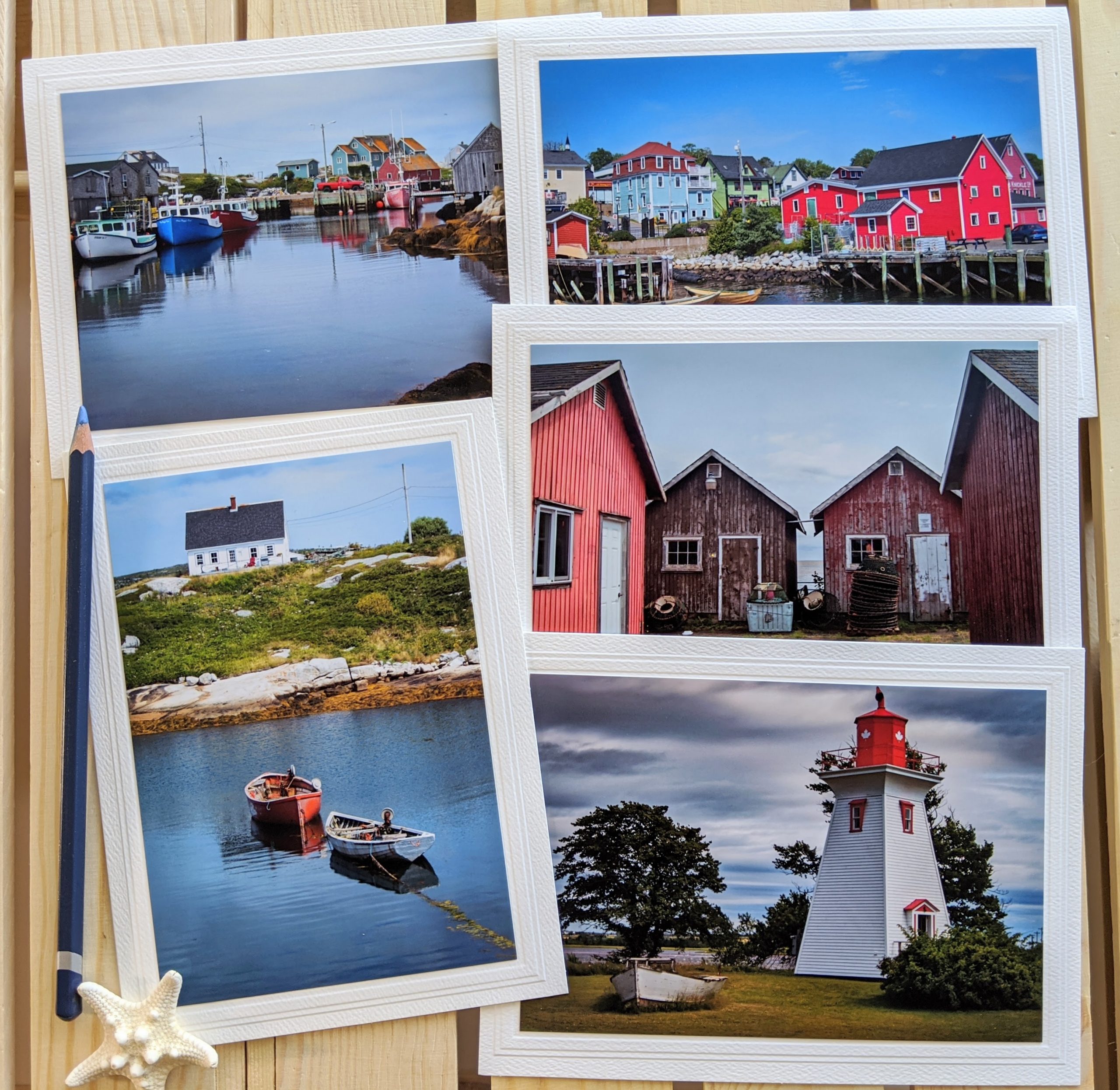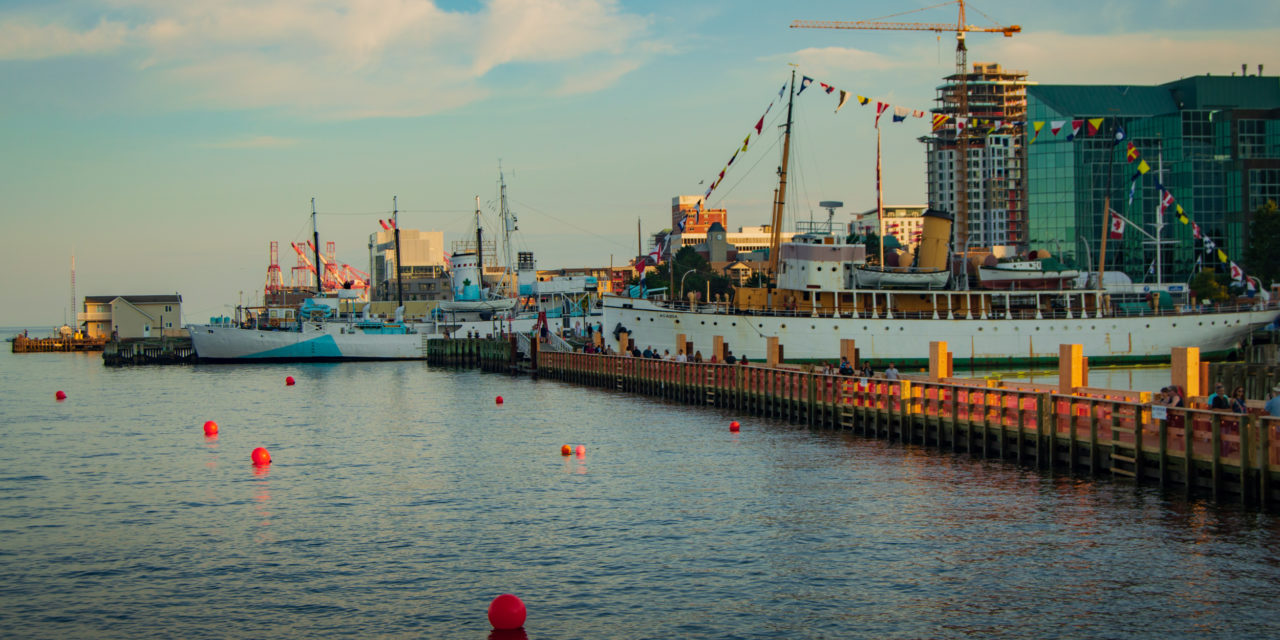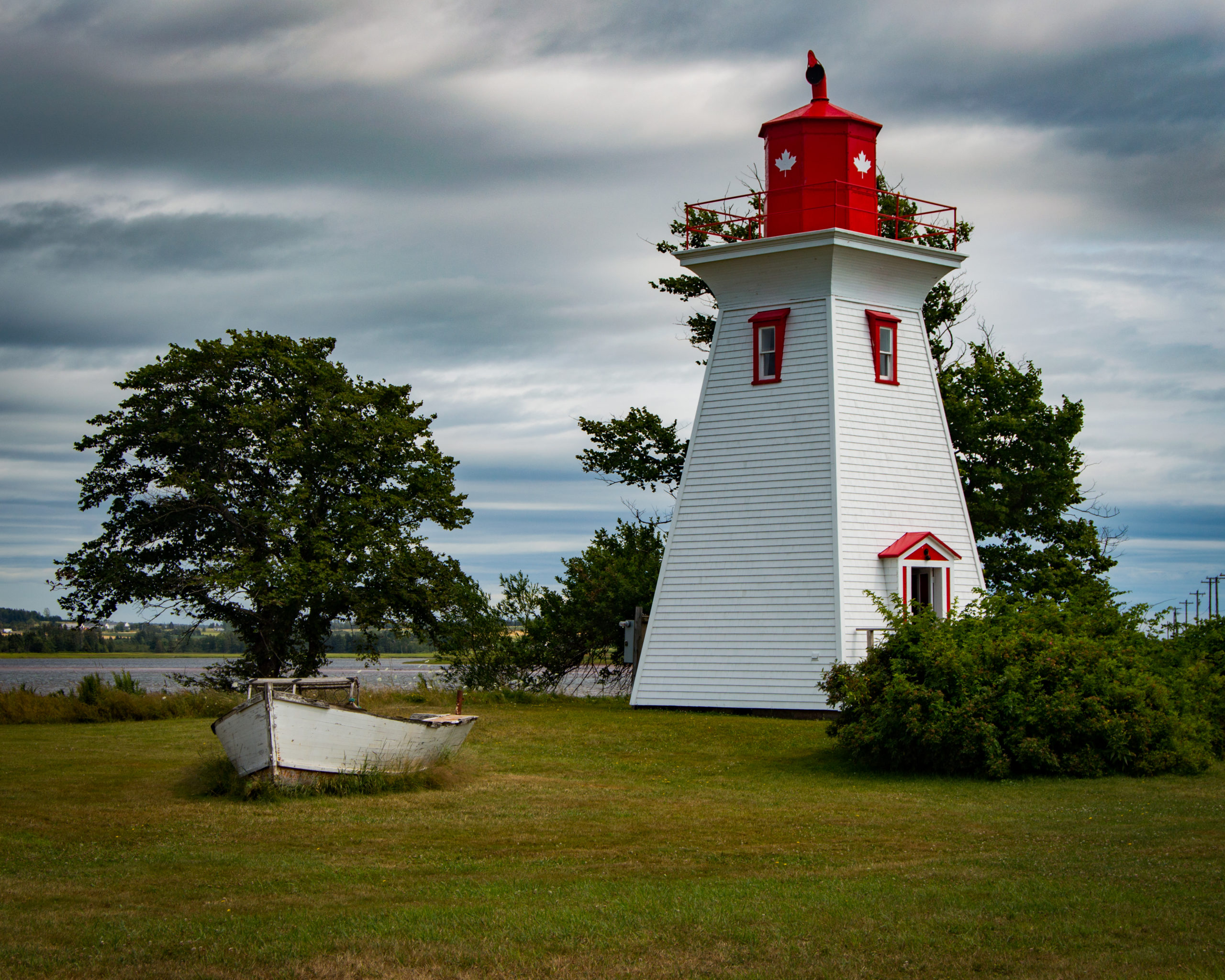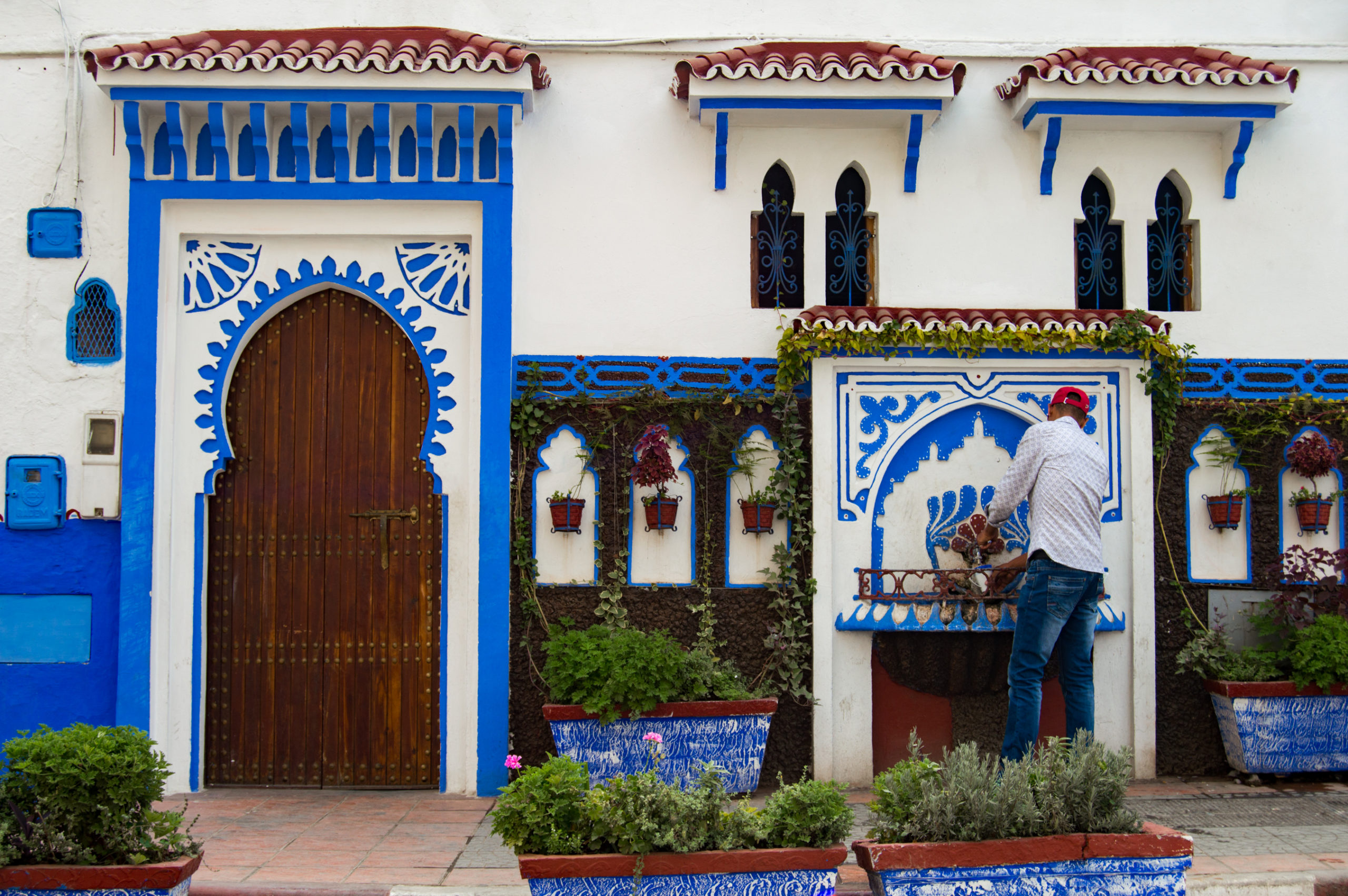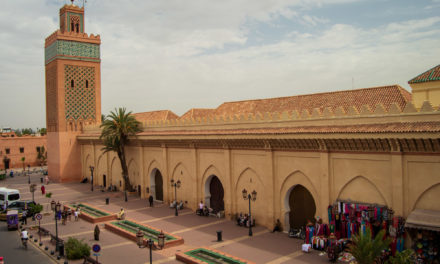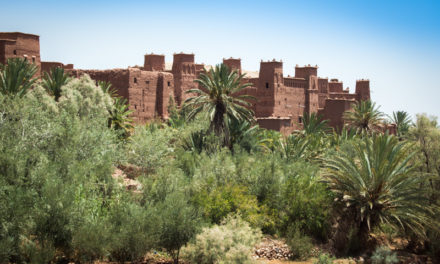In the summer of 2017, Canada turned 150-years-old. That was a good excuse for Ryan and me to take a trip to the East Coast. Though Ryan is Canadian, and by that time, I’d been living here for a little more than three years, neither of us knew anything eastern from Quebec. That’s why we decided to buy a plane ticket to Halifax and rent a car to drive all the way to St. John’s, traveling through the beautiful sceneries of the Maritimes.
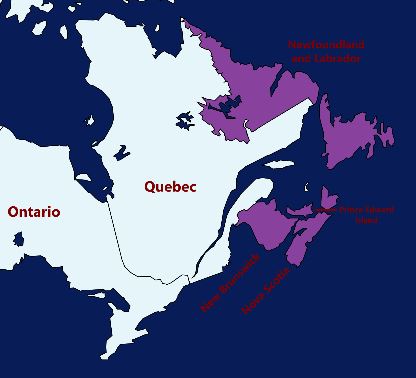
The cultural differences between the West and the East coast of the country were striking right from the beginning. Here in Vancouver, very few Canadians are interested in their ancestry, their history, or even in learning French, though it’s one of the country’s official languages. On the contrary, the East Coast is full of culture and people who embrace their heritage and are proud of it.
The first stop of our journey was Halifax, the capital of Nova Scotia. Originally inhabited by the native group Mi’kmaq, this city was founded by the British Empire in 1749 as a naval port. But these new settlers refused to recognize the natives as equals and didn’t even bother to ask for permission to use their lands. That’s why the Mi’kmaq, encouraged by the Acadians (the French settlers), declared war on the British.
So, located at the top of the hill, the Halifax Citadel served to protect the new British colonists against the Mi’kmaq, the French, and the Acadians since 1749. Now a history museum, this seemed like the perfect place to introduce ourselves to some of the city’s history, learning everything from the arrival of the first native groups to the First and Second World Wars. The current structure, completed in 1856, is actually the fourth one standing on this site and is named Fort George after King George II. Here, they still perform traditional ceremonies like the change of guard with the 78th Highland Regiment and lighting up the cannon at noon by the 3rd Brigade Royal Artillery.

Later that same day, we went to the Waterfront and discovered we were lucky enough to have arrived in Halifax on the last day of the Tall Ship Festival! There were food trucks, musicians, and other performers. To honor the 150 years of Canadian Confederation, the ships from the Tall Ship Regatta, an international race in Europe, visited the ports of Nova Scotia.
Right in the waterfront, you’ll find the Maritime Museum of the Atlantic, which celebrates the Canadian maritime heritage. There are exhibitions on the story of sailing ships, steamships, the two World Wars, the Titanic, and you can even enter the CSS Acadia. This 1913 ship was the first of her kind, designed to survey the Arctic waters from Hudson’s Bay to Nova Scotia, charting the coast of the Maritimes. She is now the only Canadian ship to survive both World Wars.
Another fascinating museum in Halifax Harbor, and my personal favorite, is the Museum of Immigration at Pier 21. With its enlightening stories about how people migrated to Canada, this place doesn’t only offer testimonials and replicas from another era, but it also contains all the archives of the immigrants who entered Canada through this building, when it still worked as an entry gate to the country. This immigration center closed in 1971, after the wars in Europe were over, and people stopped using ships as their primary method of transportation.
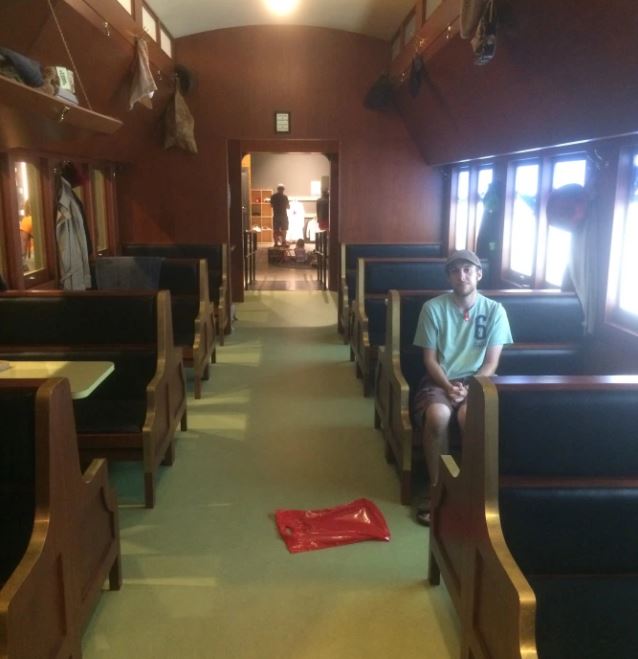
Walking away from the ocean, we encountered the Halifax Public Gardens. There’s not much history to them, but they’re very colorful and have beautiful designs, as they are fashioned after gardens of the Victorian times. They are in the heart of downtown and are definitely worth seeing.
To finalize our trip we went back to the harbor and had a crab burger at Murphy’s the Cable Wharf, a very recommendable restaurant by the water. We ended up at the Alexander Keith’s brewery, the oldest one working in North America, and got a guided tour around the building. If you are not from Canada, you probably are not familiar with how much Canadians love their Keith’s beer, their nectar of life (besides Tim Hortons). The brewery’s founder, Alexander Keith’s, migrated from Scotland and opened his brewery in 1820, later becoming mayor of Halifax in 1843. Visiting this place is a must. You’ll get free samples of unusual beer flavors such as seaweed, and listen to live Celtic music in their tavern.
Halifax is not a big city, and with its many local breweries, good restaurants, and heritage houses, it is worth exploring on foot. Our three-day visit gave us all the time we needed to see every attraction on our list, and it was the perfect starting point for the rest of our road trip across the Maritimes!
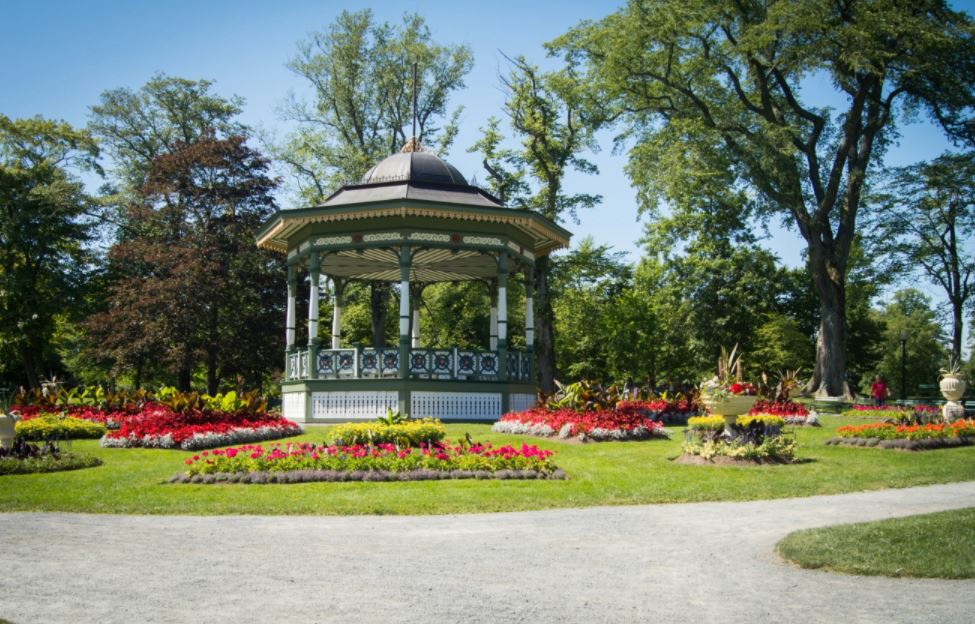
Attraction prices
- Halifax Citadel $ 11.90
- Maritime Museum of the Atlantic $5.15
- Museum of Immigration at Pier 21 $12.61
- Alexander Keith’s Brewery $16.00
Top 3 places to eat and drink
- The Old Triangle Irish Alehouse
- The Split Crow Pub
- Murphy’s the Cable Wharf

Under Mountains in the Moon Souvenirs
Want to display the beauty of the Canadian Maritimes at home?
My travel photography prints and greeting cards make great gifts for all travel lovers!
